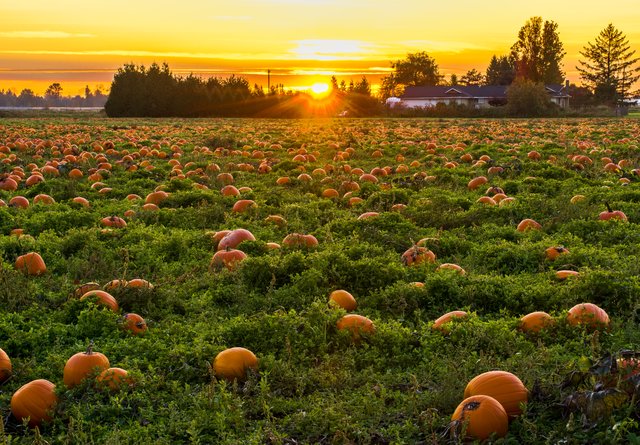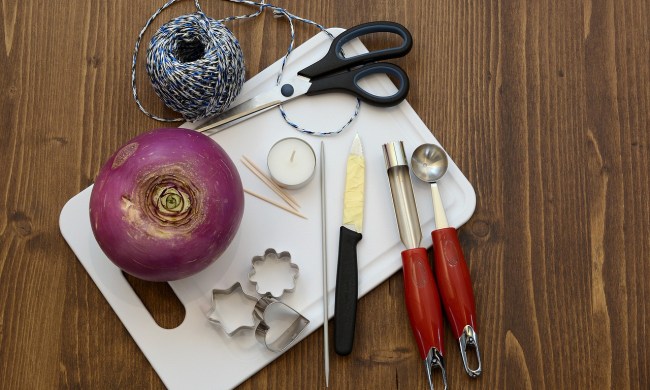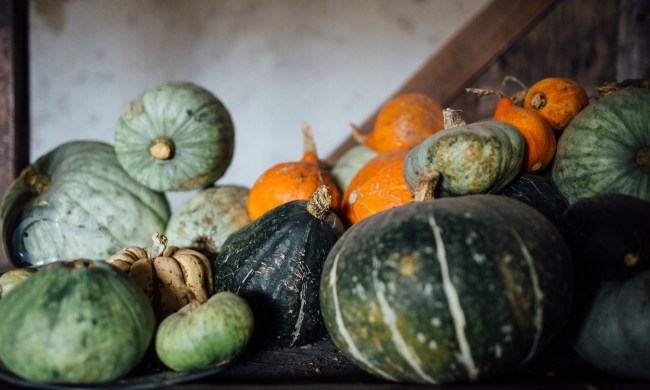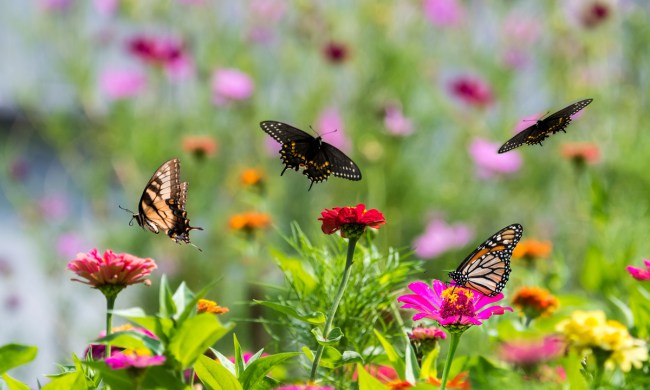Fall is in the air! The leaves are crisp and crunchy, temperatures are cooling down, and pumpkins are ripening. If you’re growing pumpkins in your garden, then you have more freedom to choose. If not, then you have to find a good pumpkin patch. There are so many pumpkins to choose from, so how can you be sure you’re getting the best one? Here’s a simple guide to help you get the perfect pumpkin!
Choosing the perfect patch
Before you can pick your pumpkin, you have to find a good pumpkin patch. Checking online reviews is useful, but there are some other reliable things to look for.
Check to see if a pumpkin patch lets you cut your own pumpkins off the vine. Pumpkins get their nutrients through the vine, so a pumpkin that has already been picked may not be fresh. When you cut your own pumpkin, you know exactly how fresh it is.
Check to see if a patch has things other than pumpkin picking or is near other attractions. This has less to do with pumpkin quality and more to do with the quality of your experience. You may want to find a patch that has a hayride or offers food. It’s a more enjoyable time, especially if the patch is farther away from your home. On the other hand, a patch with more attractions may be more crowded or already picked over, so choose a patch based on your priorities.
Look for pumpkin patches that are smaller, local, or organic. These patches may be cheaper than bigger patches, and you’ll likely have to deal with fewer crowds. Small, local businesses need and enjoy your support.
Finally, see if the patch you’re considering lists what varieties of pumpkin they grow. If they don’t, you may want to call them and ask. Although there are some common varieties that most places have, you may find a patch advertising an unusual variety. Talking to the staff at the patch about any unfamiliar varieties can reveal some interesting options and is a great way to make friends!
What are the qualities of a good pumpkin?
So, you’ve picked your patch, but how can you tell if your pumpkin is ready for picking? The first thing to look for is a nice, even color. The majority of pumpkins are orange, but some pumpkins can be white, green, or red. Check that your pumpkin is the same color all the way around. If your pumpkin is a variety that is striped or spotted, make sure the color is even across each section that is the same color.
Find the field spot on your pumpkin. The field spot is that area of the pumpkin that the pumpkin rests on, and it’s the easiest way to spot a ripe or overripe pumpkin. If the field spot is noticeably paler than the rest of the pumpkin, then the pumpkin isn’t ripe. However, if the field spot is brown, the pumpkin is overripe and potentially rotting.
Finally, check the stem. A nice wide, thick stem makes for a healthy pumpkin, so look for pumpkins with stems that are at least 2 inches wide at the base. A stem that is cracked or broken at the top is fine, but if the base is cracked or broken, find another pumpkin. If you’re cutting your own pumpkin off the vine, use a sharp blade and cut the stem as close to the vine as possible. Never carry your pumpkin by the stem alone, as it is likely to break, causing you to drop your pumpkin!
The best varieties of pumpkin
All pumpkins are technically edible and carvable, but that doesn’t mean they’re all equally good for both. For pies, the top variety is sugar pie pumpkin. These are sometimes just listed as pie pumpkins, and the majority of stores and patches will have these. However, pumpkin pie has been around since the 1700s, long before sugar pie pumpkins. If you can find them, some native heritage pumpkins are Seminole squash, Canada crookneck squash, green striped cushaw squash, and Sibley squash.
If you’ll be carving your pumpkin, the classic choice is the jack-o-lantern variety. These are the standard large, orange pumpkins that you see when you imagine a pumpkin. However, you can also find varieties such as orange smoothie, cotton candy, lumina, and goosebumps. The first three are very smooth, making them excellent for even designs, while goosebump pumpkins are covered in little nubs and bumps, which make them great for creative carvers. Cotton candy and lumina are both white pumpkins, which can add to their appeal.
No matter how you use them, pumpkins are a fun holiday treat. Take care when picking your pumpkin, and you can’t possibly go wrong. Whether you like them smooth or bumpy, orange or white or even green, have a happy Halloween!




